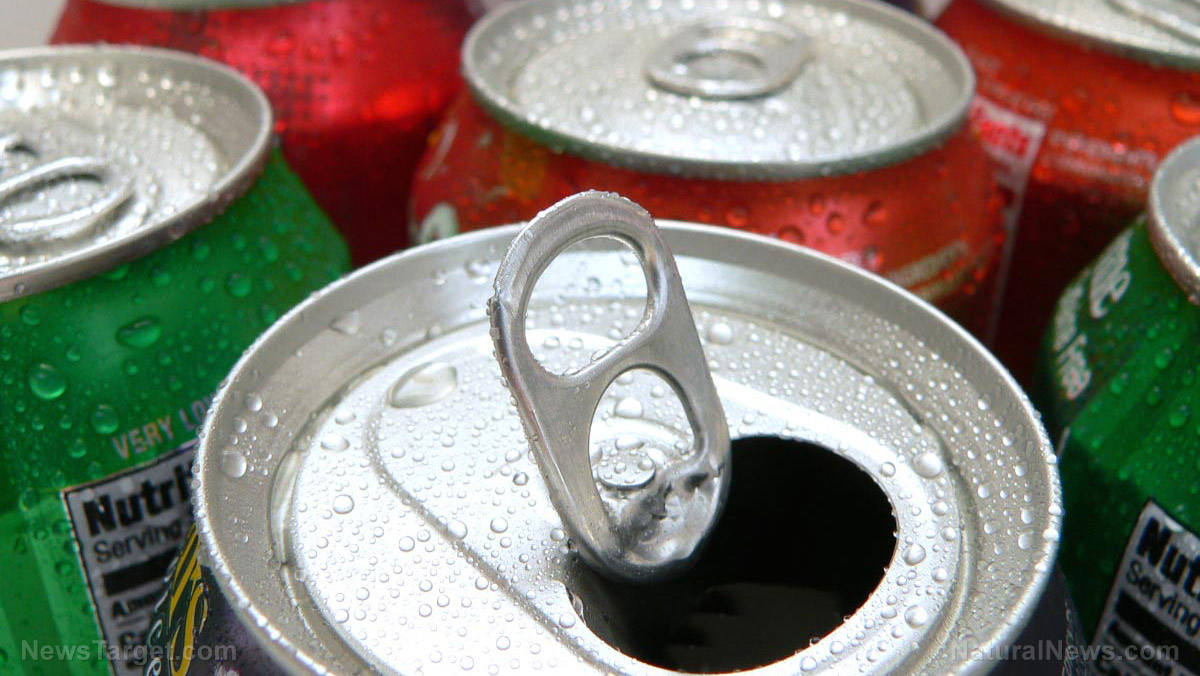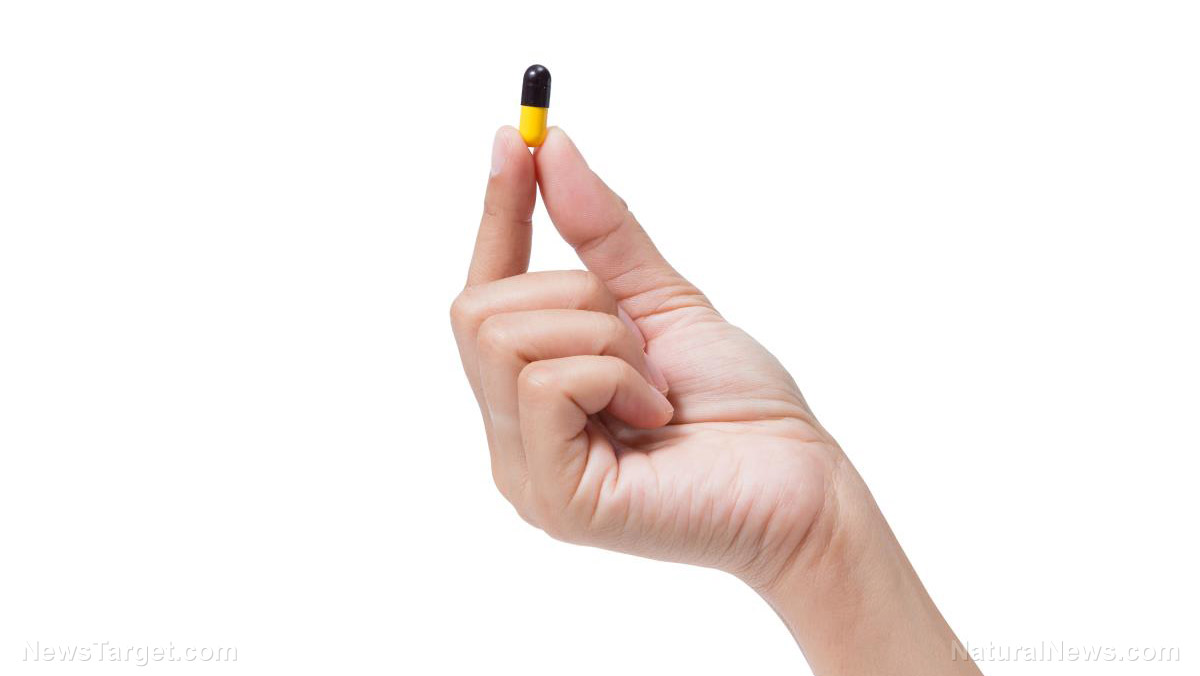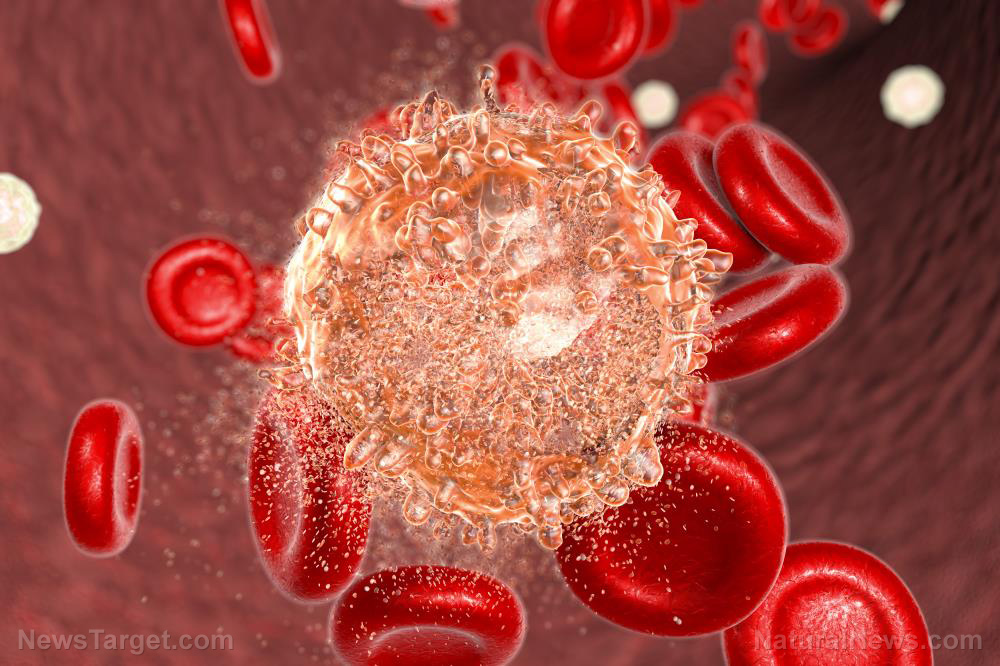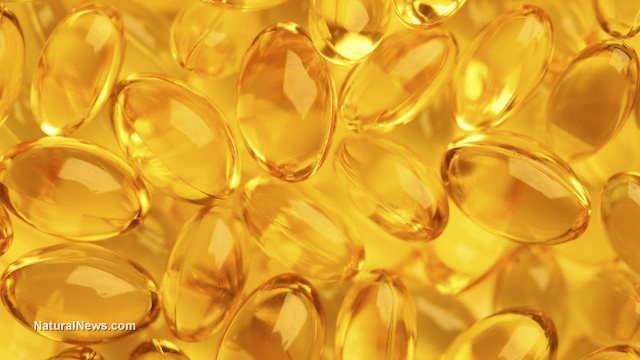Toxins from everyday products are probably in your body – even if you’re diligent about avoiding them
03/19/2018 / By Tracey Watson

Many of us would be shocked to learn that even the most health-conscious Americans likely have dangerous chemicals circulating through their bodies. While most health-savvy readers are likely aware of the dangers posed by plastic water bottles, fewer know of the dangers associated with canned food, cash register receipts, certain toothpastes, sunscreen, liquid soap, makeup, mothballs, tumble dryer sheets, nail polish or foam-filled furniture, to name a few.
Part of the problem is that corporate America has devised insidious tricks to fool consumers into thinking that they are protected. For example, about 10 years ago, evidence started to surface of a dangerous link between bisphenol A (BPA), a chemical found in many hard plastics including baby bottles, and infertility, male impotence, heart disease and certain cancers.
BPA (bisphenol A) is a chemical that acts as a synthetic estrogen. This means that BPA disrupts our own hormone levels and hormone balance. This chemical can be found frequently in food storage containers, including plastics and cans, including soda cans. What people may not realize is that BPA can leech into the food or a liquid that they’re consuming if it has been stored in a can or bottle containing BPA.
Warnings about BPA began to appear in the media, and many manufacturers of plastic items began to proudly declare “BPA-free” on their products. As an opinion piece by Nicholas Kristof, a columnist with The New York Times, noted, however, what most were doing was simply switching BPA for another dangerous chemical called BPF, which takes longer for the body to break down and experts believe is more harmful than BPA.
The power of the elements: Discover Colloidal Silver Mouthwash with quality, natural ingredients like Sangre de Drago sap, black walnut hulls, menthol crystals and more. Zero artificial sweeteners, colors or alcohol. Learn more at the Health Ranger Store and help support this news site.
“These types of regrettable substitutions — when companies remove a chemical that has a widely known bad reputation and substitute a little-known bad actor in its place — are all too common,” Ruthann Rudel, a toxicologist with Silent Spring, an institute that studies chemical safety, told Kristof. “Sometimes we environmental scientists think we are playing a big game of whack-a-mole with the chemical companies.” (Related: Children’s clothing found loaded with endocrine-disrupting chemicals.)
BPA and BPF are just two of a myriad of endocrine disruptors which are pervasive in our society, play havoc with our hormones, and are virtually impossible to avoid – no matter how hard we might try. Kristof outlined some of the most common ways in which we might be exposed to these dangerous chemicals:
Antimicrobials found in Colgate toothpaste, deodorant and soap can interfere with our thyroid and hormonal systems.
Parabens, which are found in shampoos, lotions and some hair gels, can mimic estrogen, affecting male fertility.
Benzophenones, found in lip balm, lotions and sunscreen can also mimic estrogen in the body.
1,4 Dichlorobenzene is found in toilet deodorizers and mothballs, and can affect the thyroid hormones and even increase the risk of cancer.
Phthalates are commonly found in shower curtains, perfume, nail polish and fast foods. They have been linked to male infertility and can interfere with male reproductive development.
Fragrances are found in air fresheners, tumble dryer sheets, cleaning products and perfumes/colognes, and can increase asthma symptoms and disrupt hormones.
Flame retardants are commonly found in rigid foam insulation, furniture cushions and nail polish, and can interfere with neurodevelopment and hormonal balance while increasing the risk of cancer.
Per- and polyfluoroalkyl substances (PFAS) are found in stain-resistance treatments like Scotchgard as well as in fast food wrappers, and interfere with hormonal balance, while increasing cancer risk.
In addition to coping with the onslaught of hormone disruptors noted above, our bodies also have to deal with heavy metals like mercury, lead and arsenic in the environment.
Mercury interferes with fetal brain development as well as the female menstrual cycle and ovulation. It also damages pancreatic cells, contributing to the development of diabetes. It is commonly found in dental fillings and certain vaccines, among other things.
As previously reported by Natural News, arsenic, which is commonly found in our drinking water and food, “interferes with normal hormone functioning in the glucocorticoid system that regulates how we process sugar and carbohydrates. If you disrupt this system, you could see weight gain, a suppressed immune system, insulin resistance, osteoporosis, and high blood pressure.”
Lead harms virtually every organ in the body, interfering with sex hormones and undermining our ability to cope with stress. It is commonly found in older homes built before 1978 that were painted with lead-based paint, and in water that hasn’t been filtered.
With toxic, hormone-disrupting substances so pervasive in our environment it is almost guaranteed that we all have these dangerous chemicals coursing through our bodies. (Related: Stay informed with Toxins.news)
Sources include:
Tagged Under: bisphenol A, BPA, BPF, cancer, cans, chemicals, Endocrine disruptors, furniture, nail polish, Plastic, register slips, toxins




















